Eta Aquariid meteor shower 2025: When is it? How can I see it?
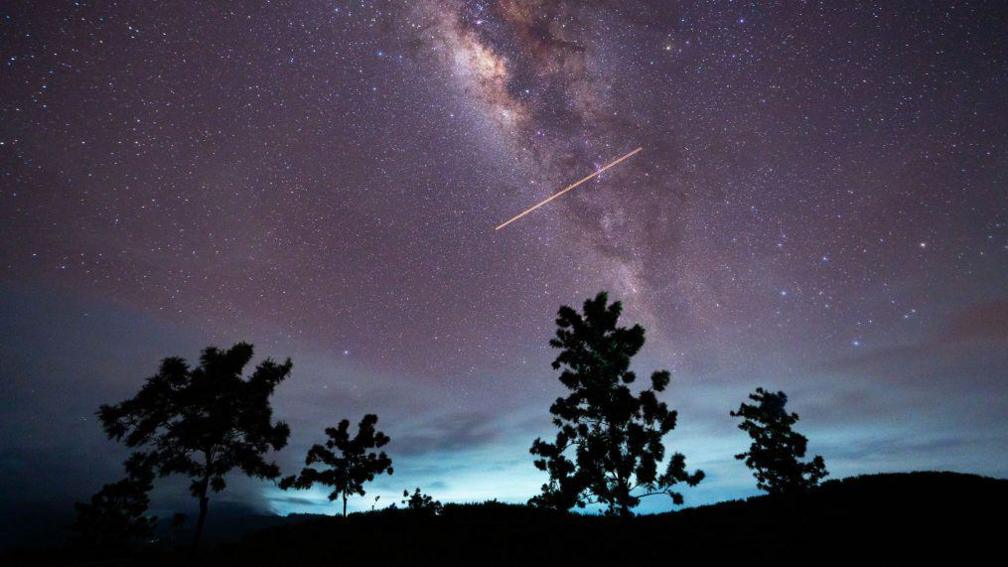
The Eta Aquariid meteor shower happens in May every year
- Published
Stargazers, you may want to look to the skies over the next few days because the Eta Aquariid meteor shower is active.
The epic meteor shower is best seen this week, giving audiences a wonderful natural show in the sky.
The shower is set to peak on 5 May - with up to 50 meteors an hour if the conditions are clear enough.
The Eta Aquariids is active from 19 April and will continue until 28 May, although most activity will be centred around the beginning of May.
- Published7 April 2021
- Published21 December 2024
What is the Eta Aquariid meteor shower?
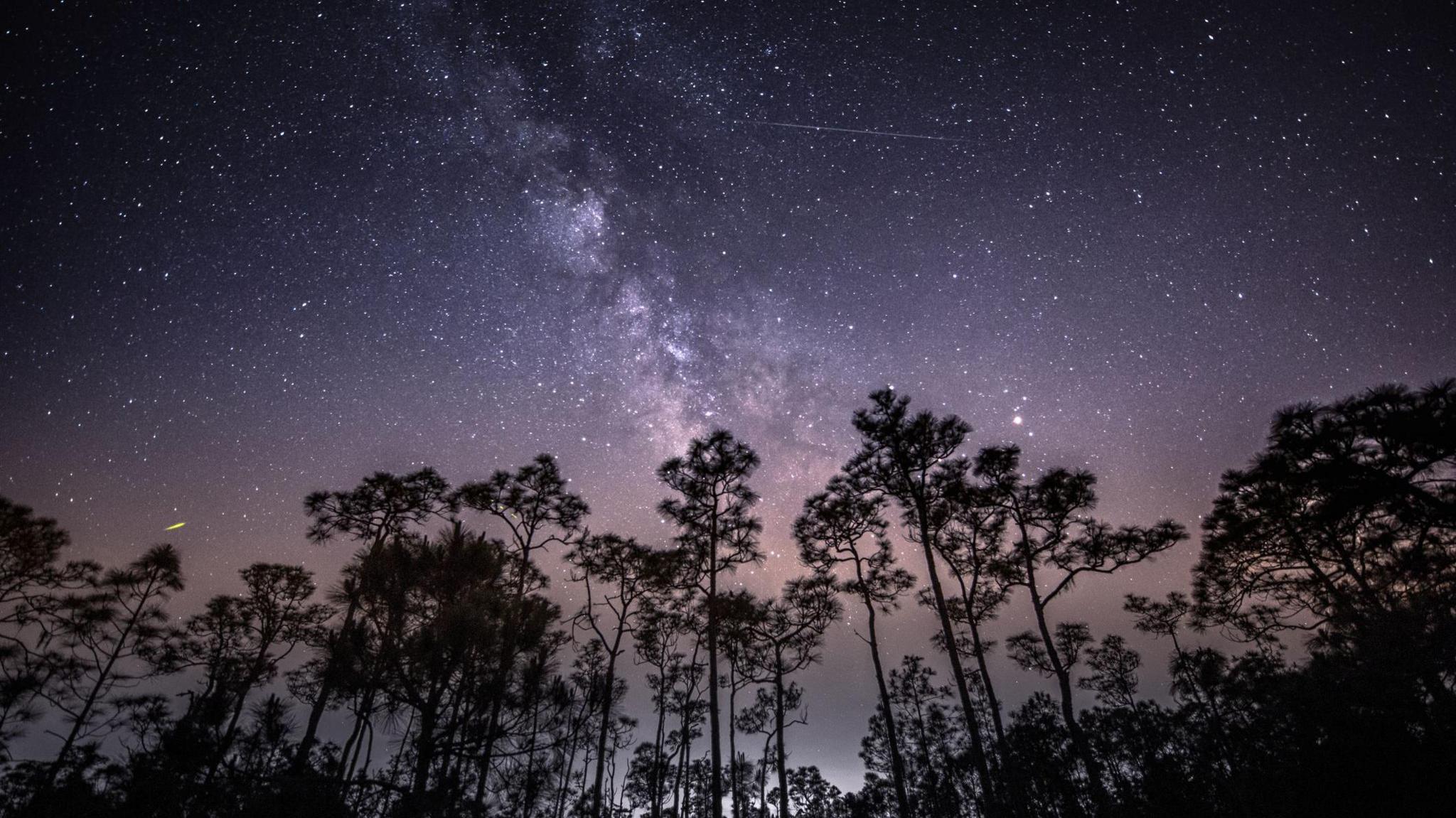
The Eta Aquariid meteor shower takes place every year during late April and early May.
According to Nasa, the Eta Aquariids are little pieces of rock that have fallen off Halley's Comet, which is a well-known comet that is visible from Earth approximately every 76 years.
As the famous comet races around the Sun, its rocky body crumbles under the star's intense heat. The bits that fall off are then left drifting in the space rock's trail.
Halley's Comet was last viewable from Earth in 1986 and won't be visible again until the middle of 2061.
The Eta Aquariids is one of two meteor showers created by debris from Halley's Comet.
The other is the Orionid meteor shower, which appears later on in the year, in October.
What is a meteor?
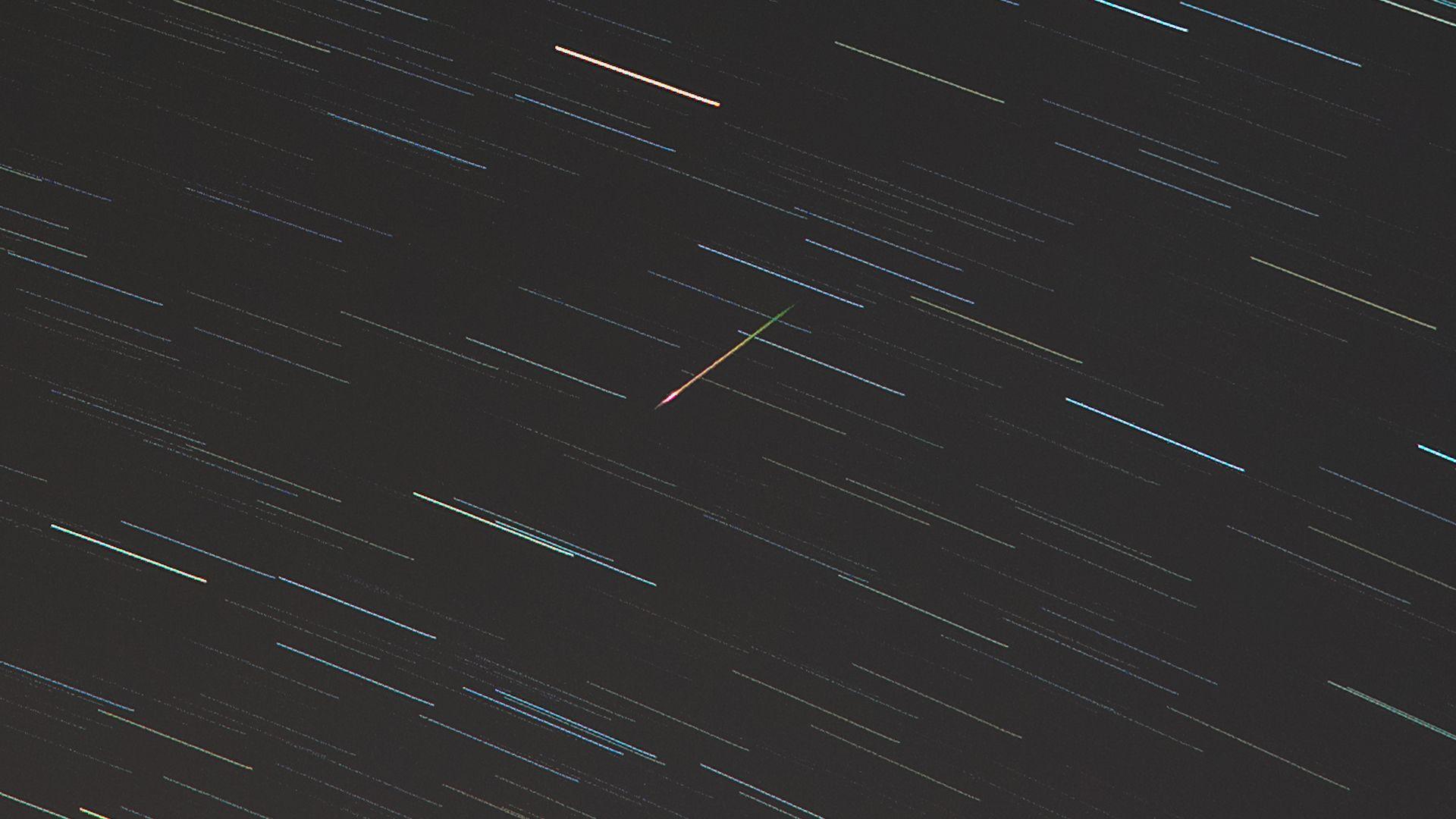
A meteor is a space rock that falls into the Earth's atmosphere, and as it falls, it heats up.
The rock gets so hot that a visible glow is created around it. This is actually its heat.
So, what we see isn't actually the falling rock. It's the glowing heat around it, racing across the sky.
When lots of meteors fall all at once around the same place, the glow of heat around them gets brighter so we can see them.
As they speed across the sky, all the heat tails meet up and point to the same space in the sky.
This often looks like a shower of light.
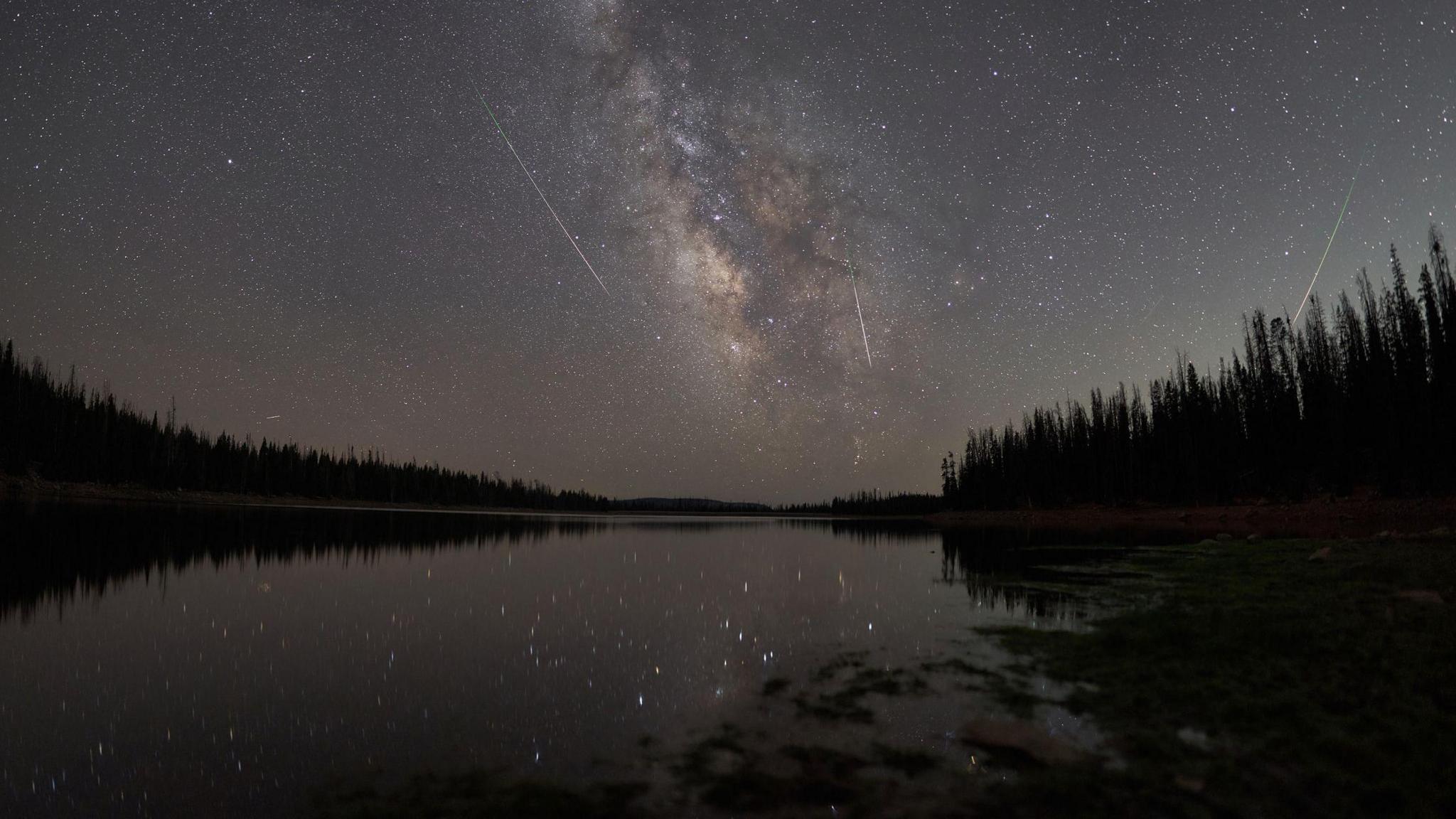
The meteors we see have little to no chance of hitting the Earth. They are usually really small, ranging from the size of a grain of sand to a small boulder.
There are lots of different meteor showers which are named after the group of stars in the sky they appear in and happen at a similar time each year.
When to see other meteor showers during the year
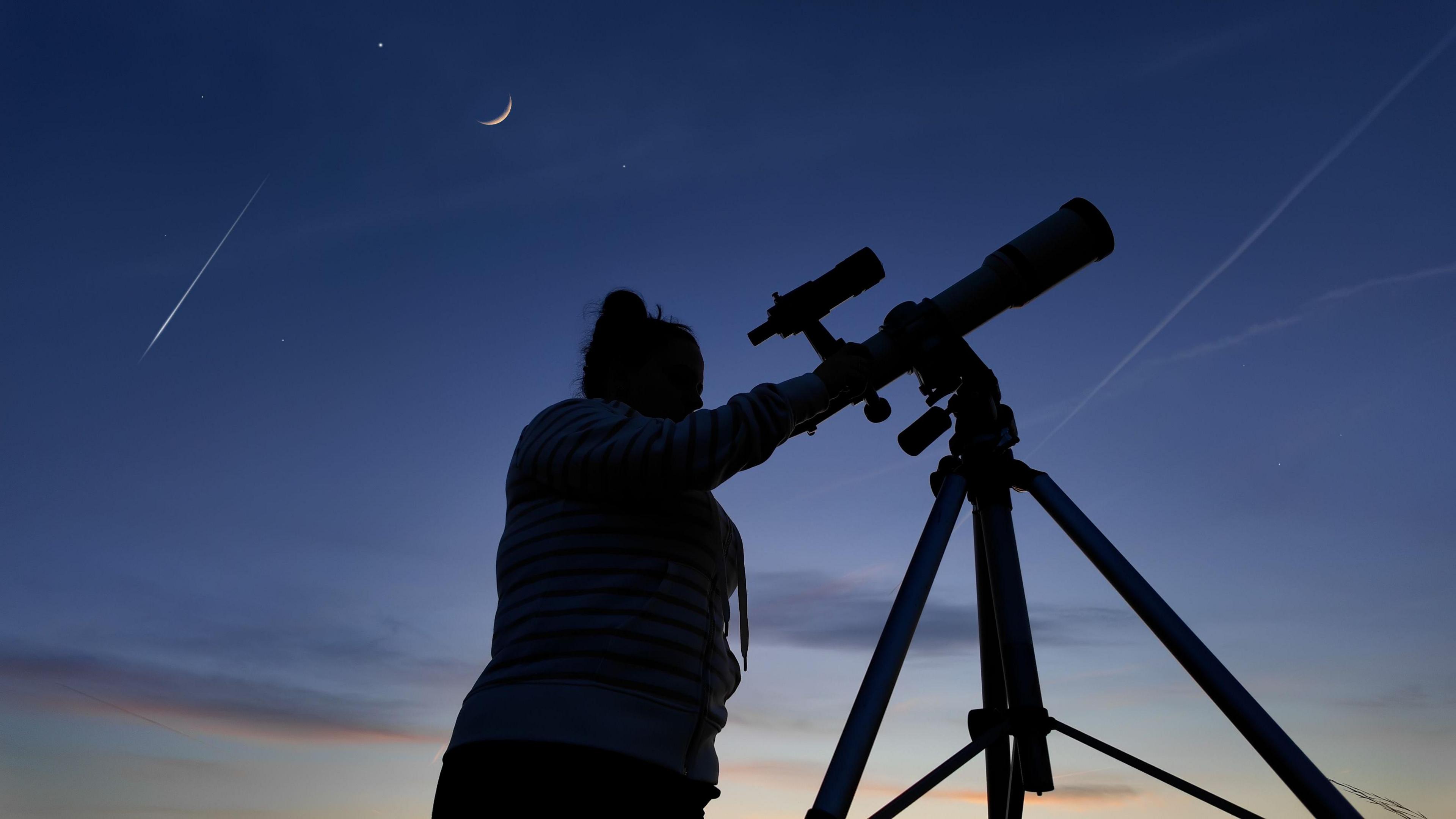
Quadrantids - January
Lyrids - April
Eta Aquariids - May
Perseids - August
Draconids - October
Orionids - October
Leonids - November
Geminids - December
Ursids - December
What's the best way of seeing a meteor shower?
A beginner's guide to astronomy
Once you know when a meteor shower is happening, you don't need a lot of fancy equipment like a telescope.
You just need a clear night with no clouds, warm clothes and some patience. It's important to wrap up warm, as you might be sitting still for a long time - don't get cold.
Get in a comfy position, perhaps lying back on a chair, so you don't strain your neck, turn off any lights you can and go to the darkest part of the garden.
Give your eyes about 20 minutes to adjust to the darkness, then sit back, keep watching and enjoy.
Have you seen the Eta Aquariid meteor shower? Let us know in the comments below!
